Living with the Hyundai Kona Electric
EVs are the future! And to get a perception of this future, we lived with the Hyundai Kona Electric in Delhi NCR for a couple of days. So, read on, to get a picture of the various difficulties and joys that were a part of the experience.

India’s very first truly desirable electric vehicle is here. We spend a few days with it to tell you what it’s like living with an electric car in the National Capital of India.
I’m driving up a network of flyovers onto NH8, leaving the city of New Delhi behind. The road opens up, and so I depress the throttle pedal. The next feeling that I have is of being catapulted into the horizon! Now, I’m familiar with this sensation, but normally I’d associate it with, say, an Audi RS7 or a Mercedes-AMG E63 AMG, but not without some drama and theatrics involving the mad howl of an engine and a raucous exhaust note riddled with crackles and bangs. Just the memory of it makes my senses tingle!
Today, however, it’s an entirely different story, for I’m driving an electricity-powered Hyundai Kona! And every time you go anywhere near the throttle pedal, the response is literally electric, accompanied by a distant soundtrack. What can I say, this thing is absolutely thrilling to drive, and you truly have to experience its acceleration in Sport mode to understand what I’m talking about.
This makes me wonder about the future – how will people react to talk of engine and exhaust notes, redline gear changes, and the power delivery of an exhilarating petrol car. Perhaps folks will just wonder what all the fuss was about, because everyone will be used to enjoying the uninterrupted, relentless acceleration of an electric car!
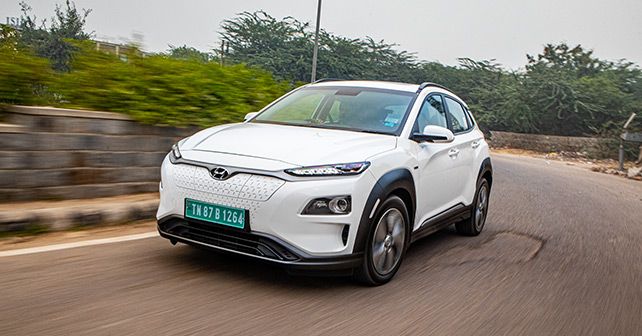
300km real world range
Anyway, back to the Kona for the moment. The car comes with a 39.2 kWh lithium-ion polymer battery pack. Now, the first thing you should do is forget about the ridiculous and unrealistic ARAI-rated driving range. All you need to know is that this car is claimed to have a driving range of 312 kilometres on the WLTP cycle, but on the streets of New Delhi you can expect a driving range of about 300 kilometres on a fully charged battery.
But what about charging? Well, Hyundai sells this car with a 2.8 kW portable charger, which you can plug into any 15amp power outlet. It’ll take a claimed 19 hours to fully charge the battery. And this’s how I charged the car during my brief stint with it. I would plug it in after reaching the office, and it would remain on charge until I left work.
To give you a rough real-world figure, after 4 hours on charge, the battery would gain about 90 kilometres of driving range. So, on a standard charger, it’s painfully slow. Luckily, Hyundai also provides a 7.2kW wall box charger at the time of purchase, which they’ll install at your home or office, as per your preference. This is supposed to fully charge the battery in a claimed time of 6 hours and 10 minutes.
There is also a third option – a 50 kW CCS Type 2 DC charger, which can fully charge the battery from empty in a claimed 57 minutes. Unfortunately, it comes at a price – a rather steep price of about ₹9 lakhs.
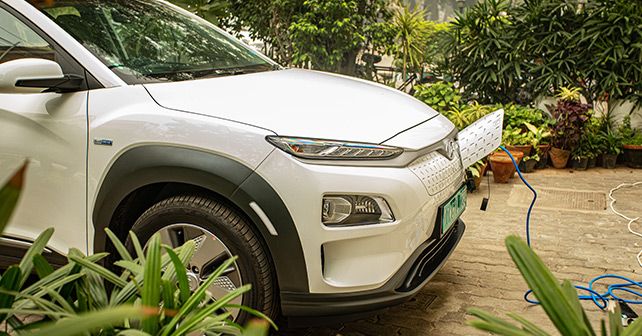
Lacking infrastructure
I used a mobile app called ElectreeFi to find EV charging stations in Delhi, and I was pleasantly surprised to find a great many of them in the city. The app even tells you if these stations have a DC Type 2 charger. The one I decided to visit is located on Malcha Marg. Since there were no signboards in the market, I had to ask around for directions to the charging station.
Once there, the parking lot attendant quickly moved a car parked in the charging station zone, and I grabbed a charging cable, only to realise that the cable port was entirely different from the fast charging port in the Kona. Now, this charging station doesn’t offer the option of AC charging, which meant that the entire trip was in vain.
A quick word with Hyundai India officials provided me with a google location for a compatible charging station in DLF cyber city in Gurgaon. This place too had the same DC fast charger as the one in Malcha Marg market, but there was also an AC wall box charger here. So, I plugged in the Kona without wasting any time.
During a chat with the station attendant, I learnt that this Plug N Go charging station was completing a year of operations on that very day. And since EV charging was free for the first year, I had to pay nothing at all! As for the DC fast chargers at the station, well, they are GB/T Type 2 chargers, which are compatible with the Mahindra eVerito and Tata Tigor EV.
Unfortunately, the charging station closed at 6pm, which meant that I was only able to charge the car for a couple of hours, at the end of which I realised that the pace of charging there was identical to that of the 2.8 kW portable charger that I had been using in office. So, this was definitely not an AC fast-charging station.
The next day, I had to go into the depths of Greater Noida to shoot the Kona – and to test it of course. But since I couldn’t fully charge the battery the previous day, I had no choice but to abandon the idea of testing it for fear of draining the battery under heavy acceleration.
Now, ordinarily, you’re not likely to be testing the performance of your EV on a daily basis with hard acceleration runs, so this is an unlikely concern, but that’s not to take away from the fact that the EV charging infrastructure is woefully inadequate in our country. That being said, if you own one of these and you charge at home a couple of times a week, range anxiety simply shouldn’t be an issue.
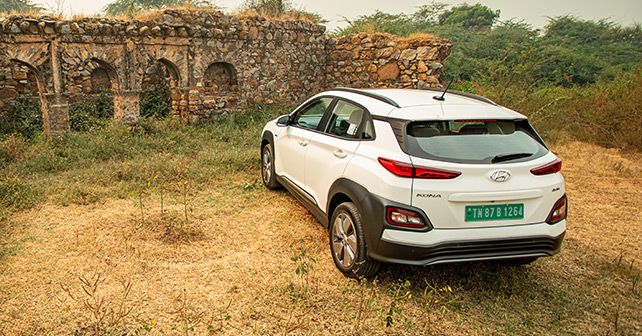
A viable option?
The car comes with four driving modes – Eco, Eco+, Normal, and Sport. And I can testify to the fact that Eco and Eco+ will extend your driving range to more than what the distance-to-empty readout will have you believe.
But if you’re someone like me who makes an intercity round trip of 90-kilometres every day, the car will consume much more than a quarter of the charge on a daily basis. And since you wouldn’t want the car to run out of charge, or be low on battery anywhere, you’ll have to charge it every day.
And this leads to another problem. You see, the battery may come with an 8-year or 1.6 lakh kilometre warranty, but in the fine print it says that its life is limited to around 2,000 charge cycles. And if you were to charge the car every day, 5 days a week, you’re likely to end up with a battery life of well under 8 years.
So, in short, this is a car for someone with a limited driving radius. And, in that sense, the driveability and refinement of the Kona EV, with its effortless controls and generous real-world driving range, makes it a very practical daily driver – which is not only without tailpipe emissions and noise, but it’s also quite addictive in terms of the driving experience. And quite a bit of fun too.
While the rumble of an AMG V8 is still to die for, the distant electric soundtrack of an EV motor can be quite entertaining too.
Also read - Hyundai Kona Electric, Track Test
Motor: Permanent magnet synchronous motor
Energy: Electricity
Battery: 39.2 kWh Lithium-ion Polymer
Transmission: Single-Speed Reduction Gear / Front-Wheel Drive
Power: 134bhp
Torque: 395Nm
Price: ₹ 23.71 lakh (ex-showroom Delhi)
X-factor: An uncompromised electric car that excels as a daily driver.
| Pros • Fast • Practical driving range | Cons • Handling • Cabin space |


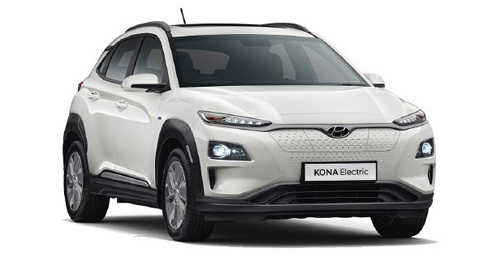
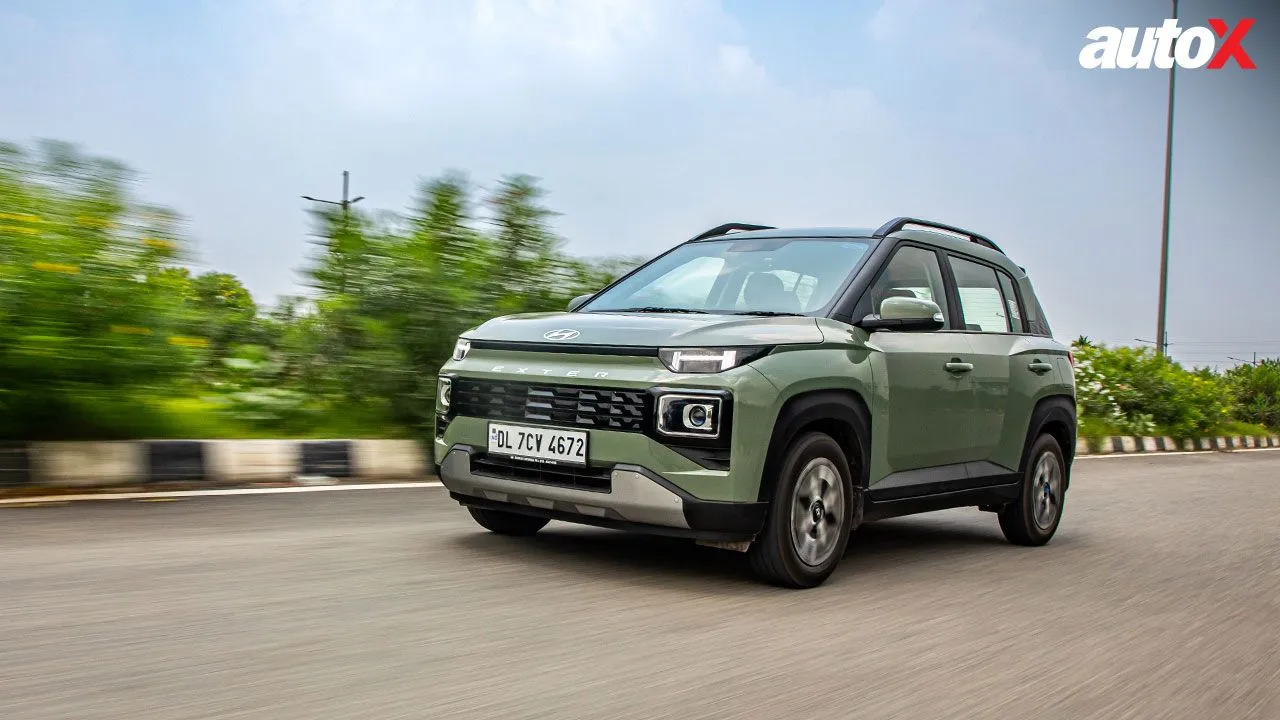
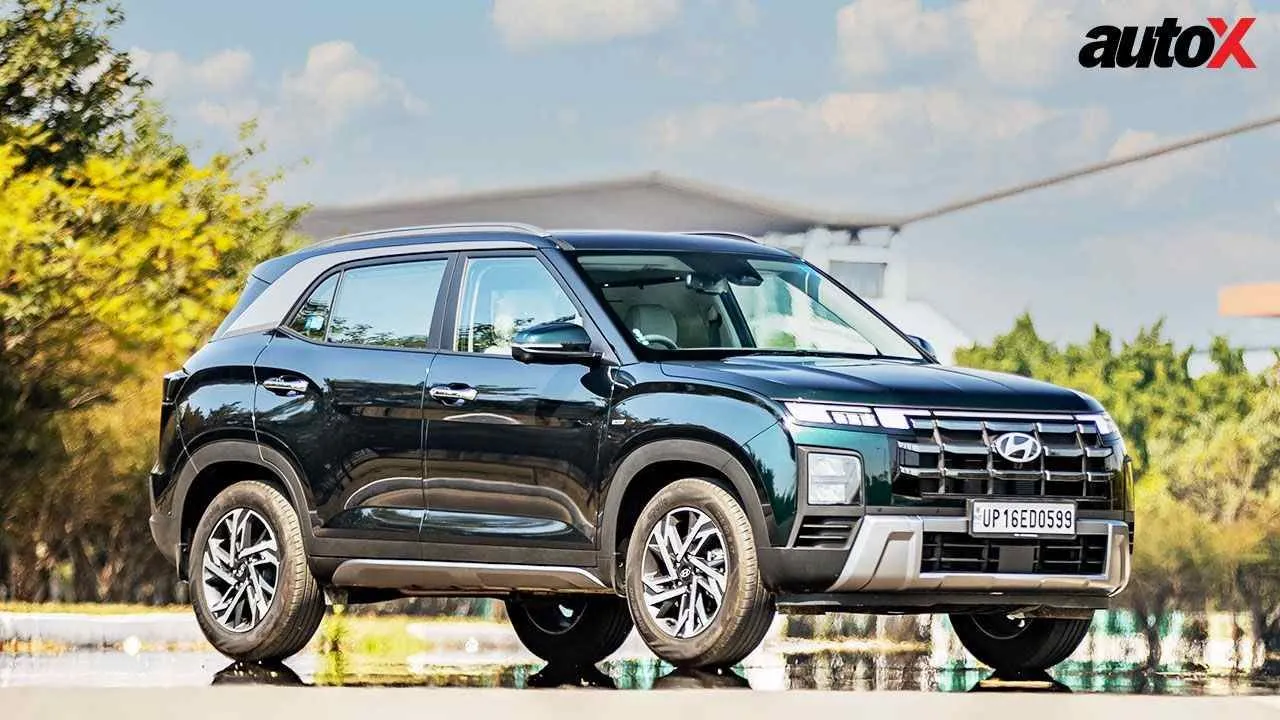
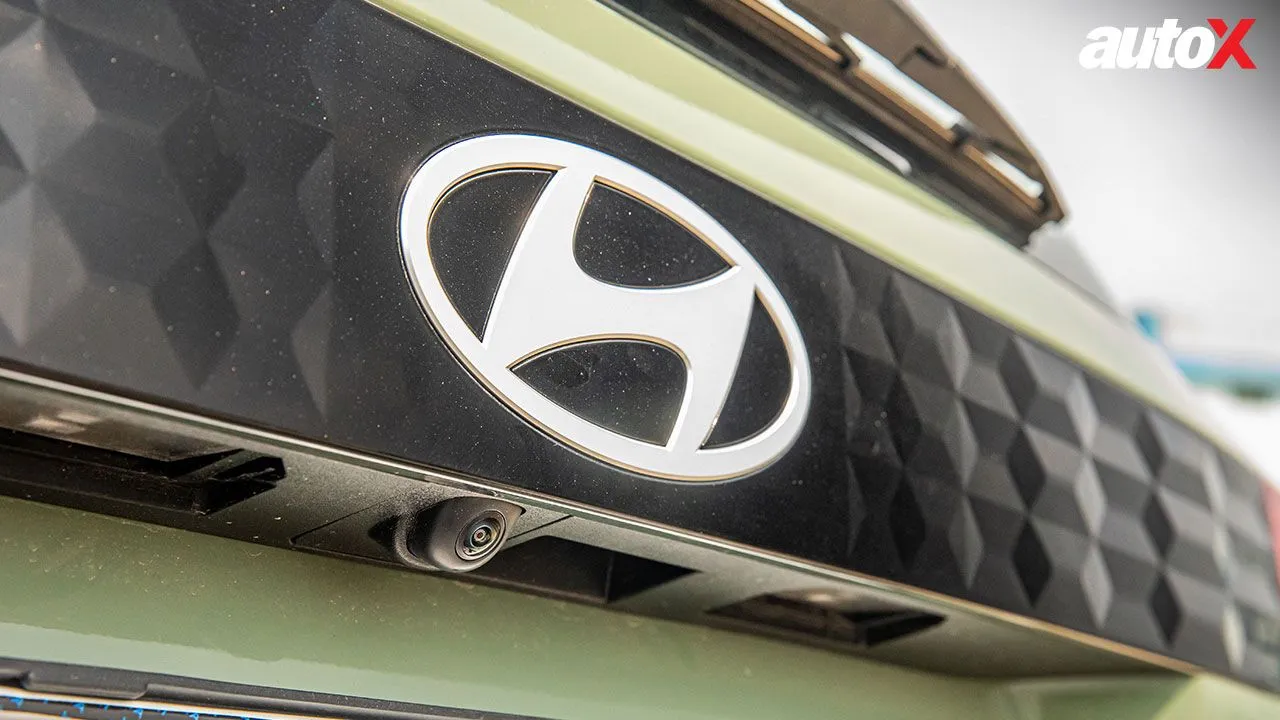
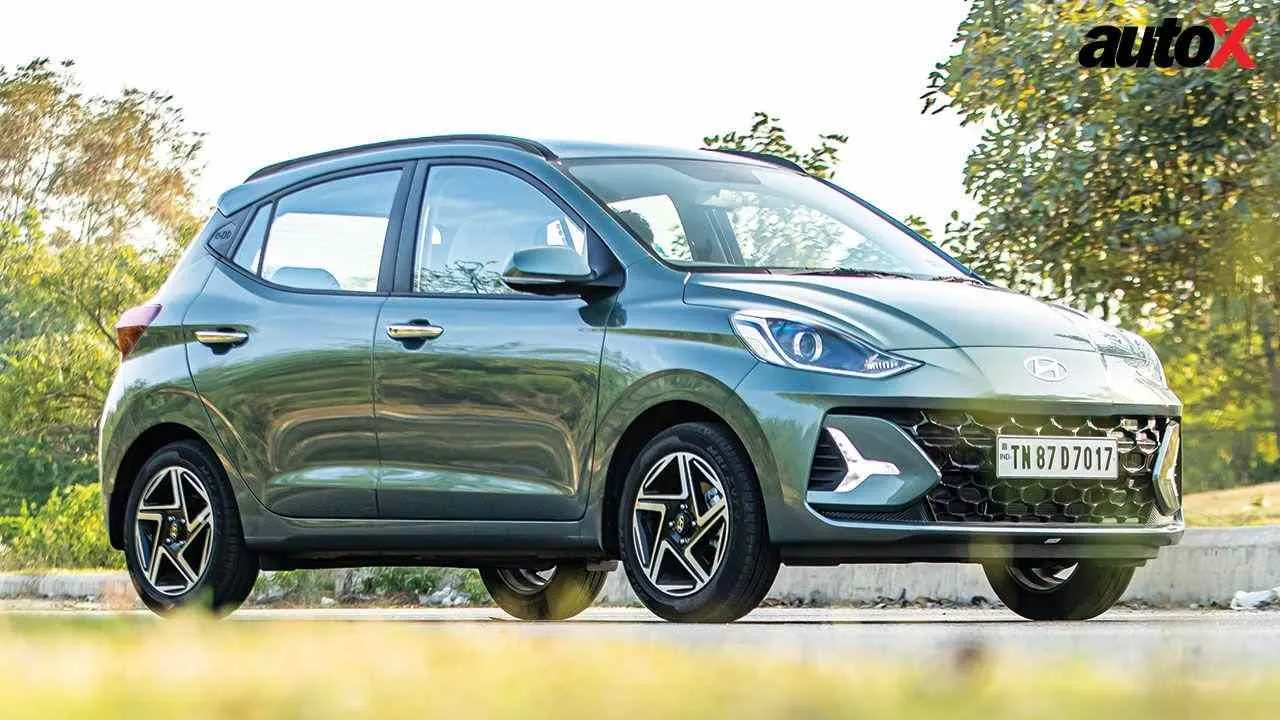
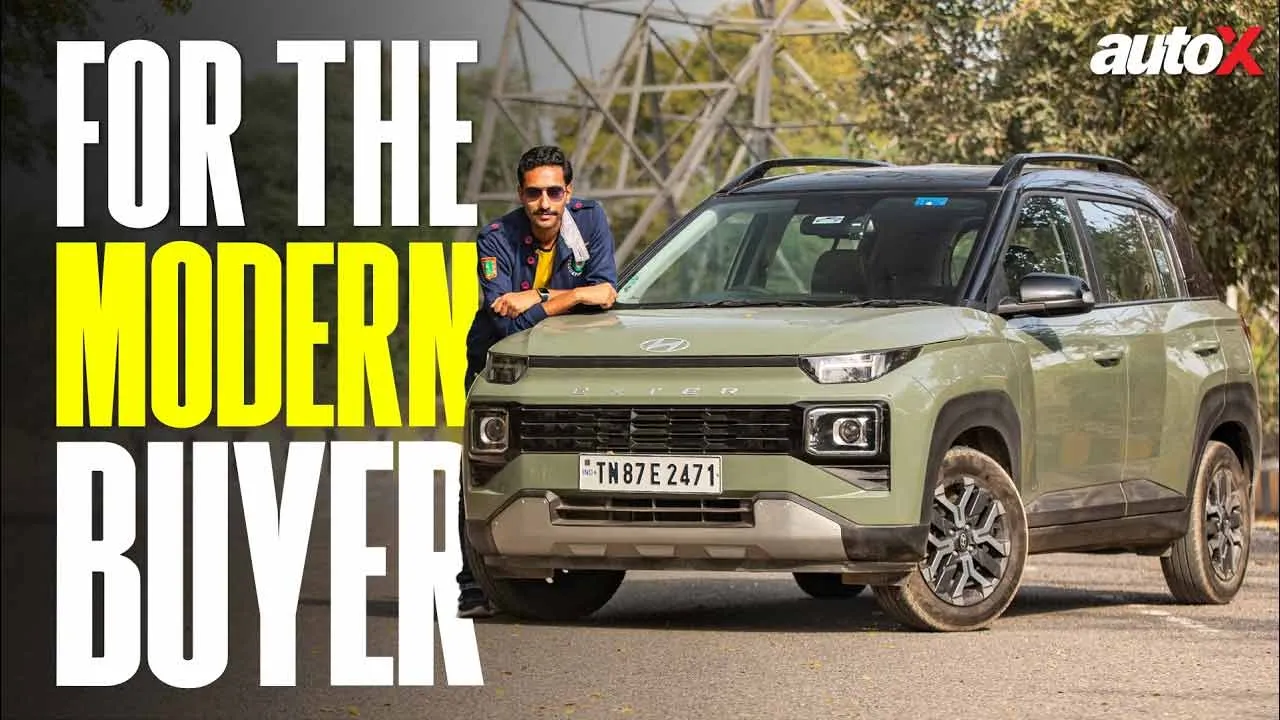
Write your Comment on